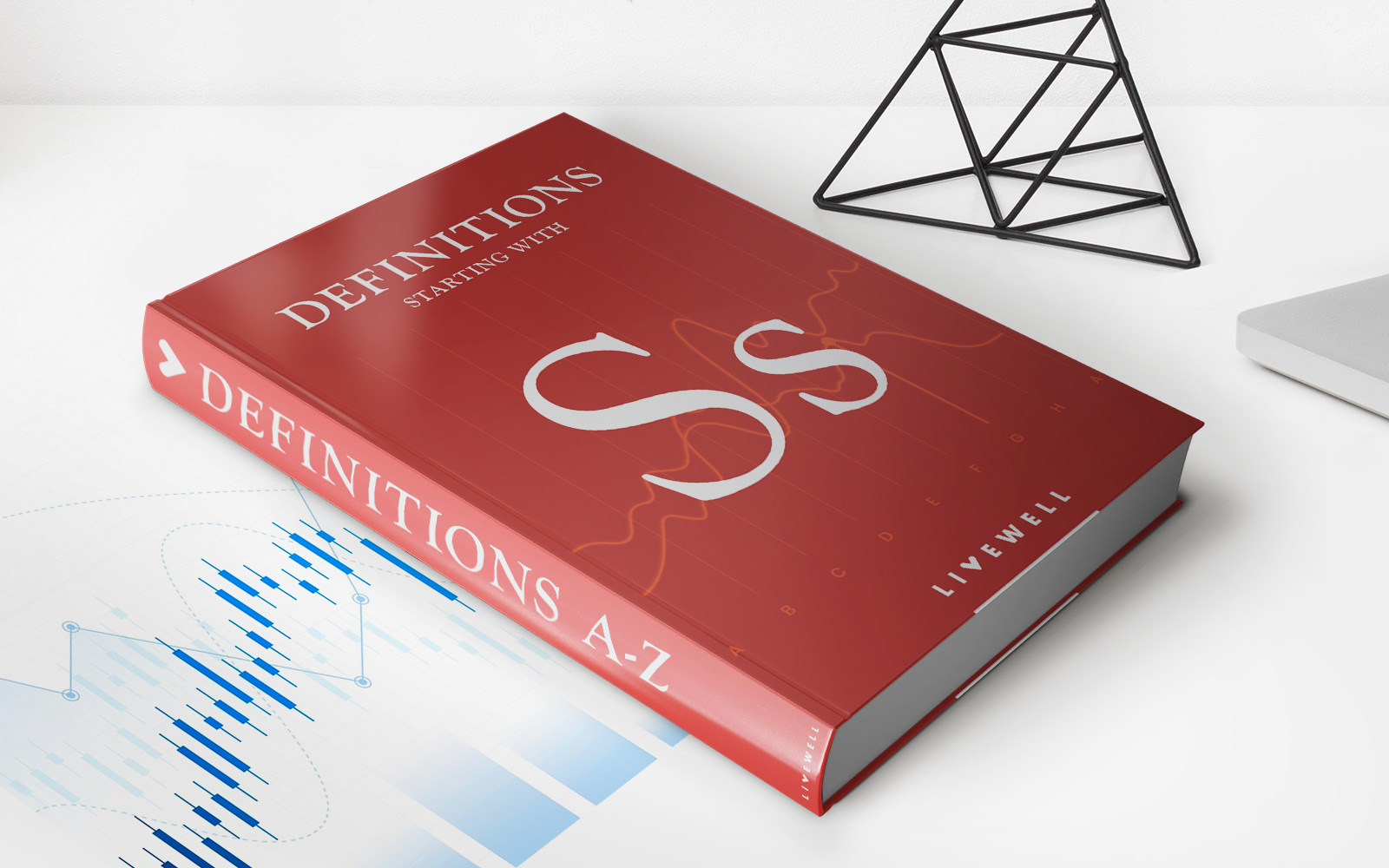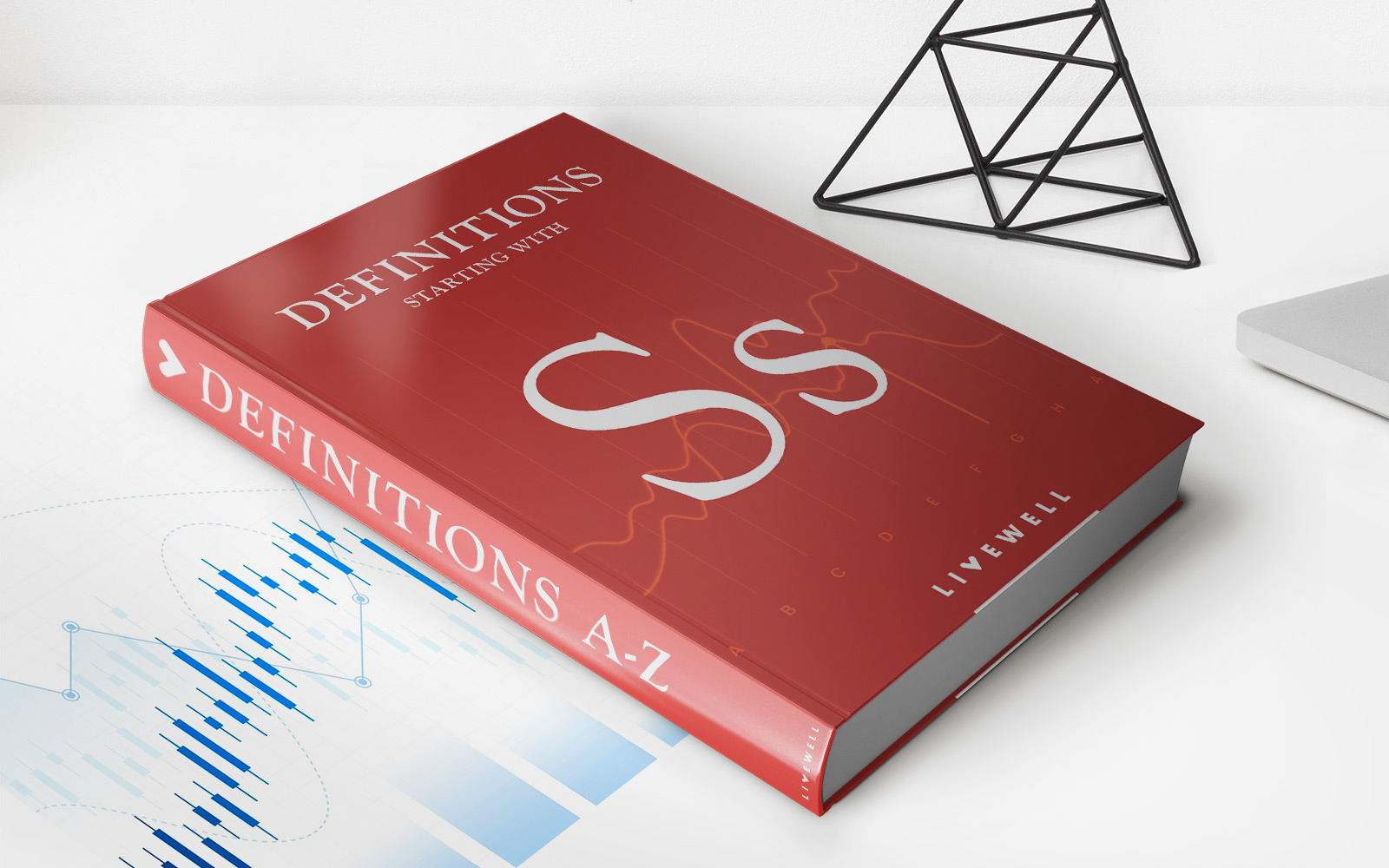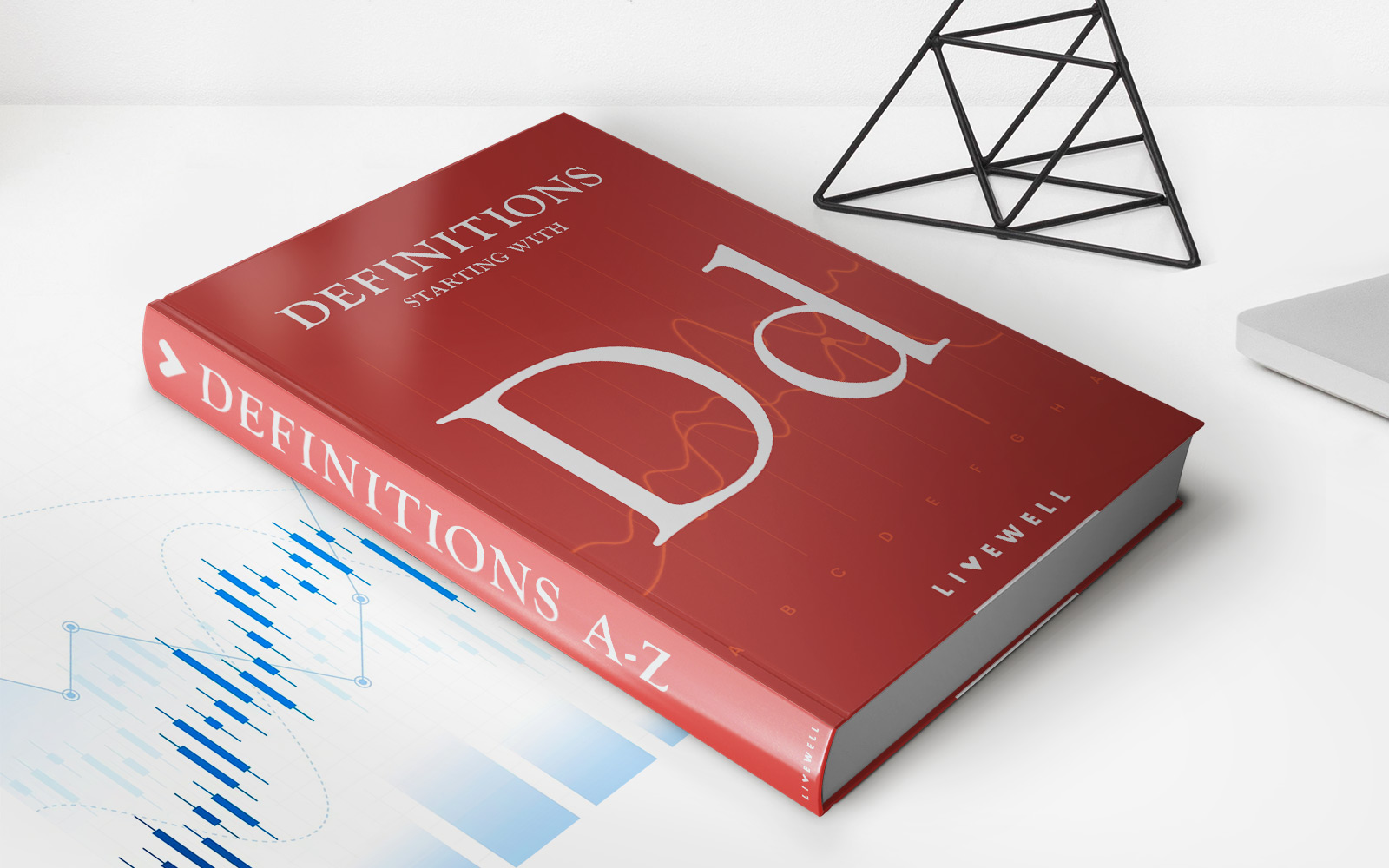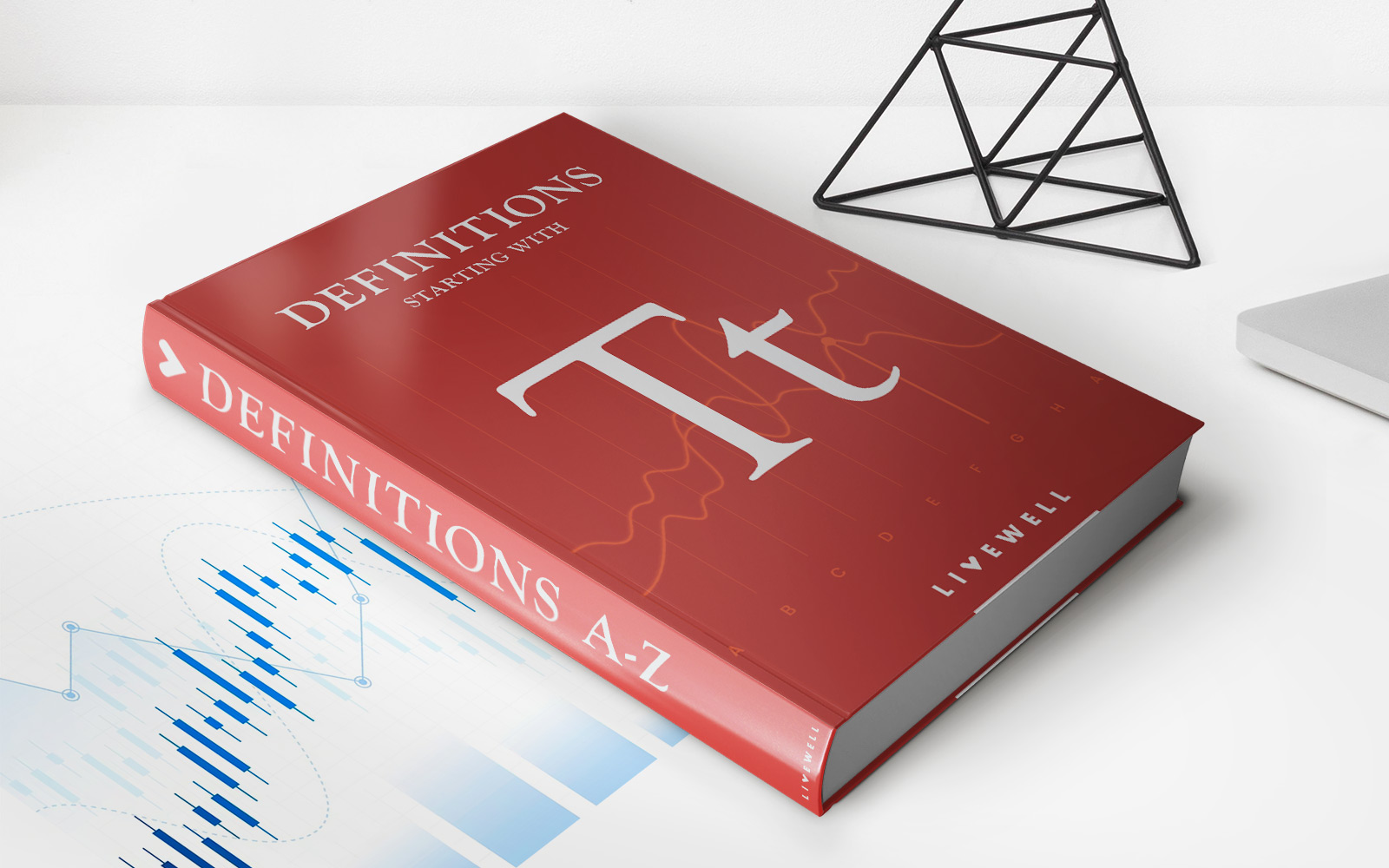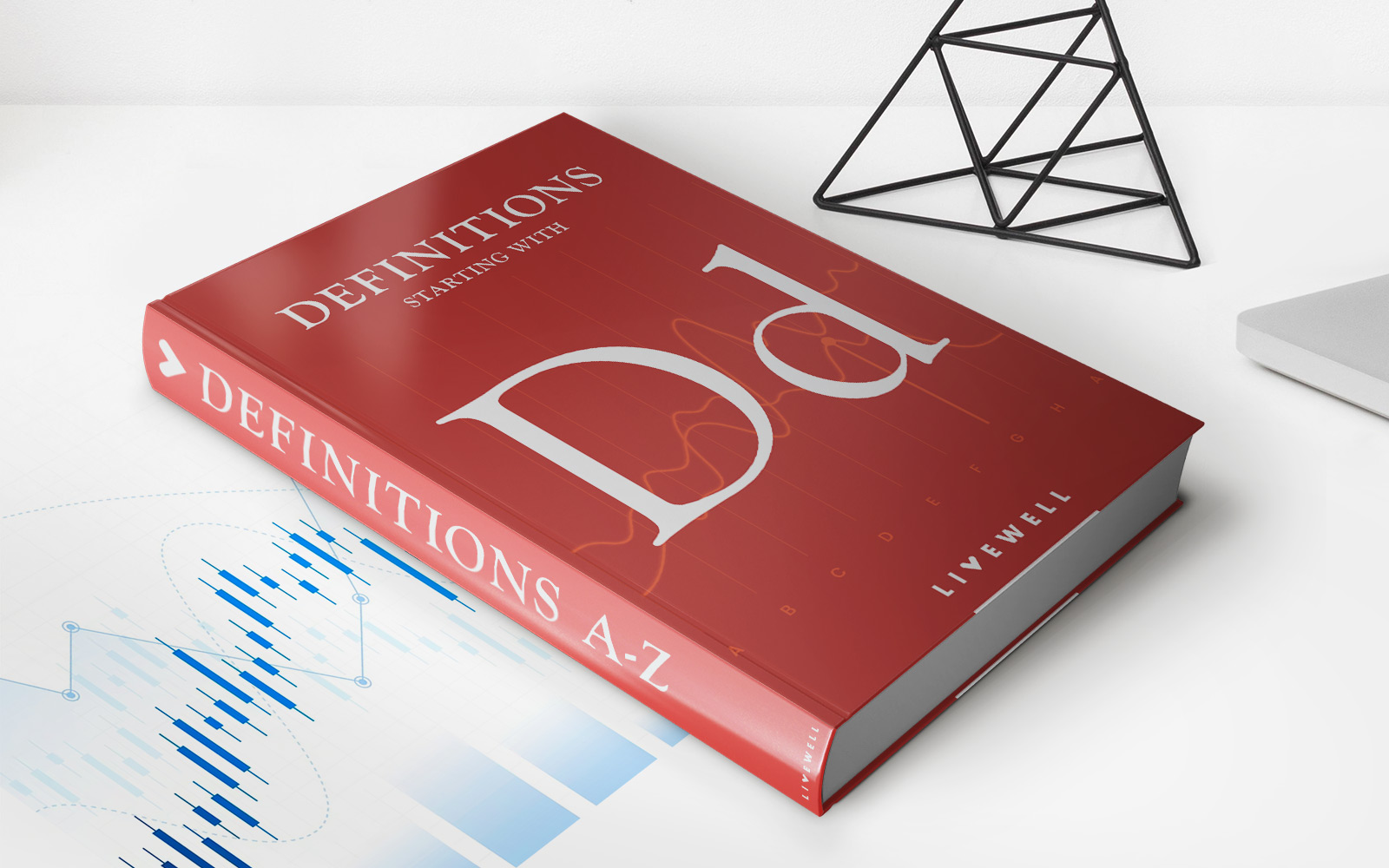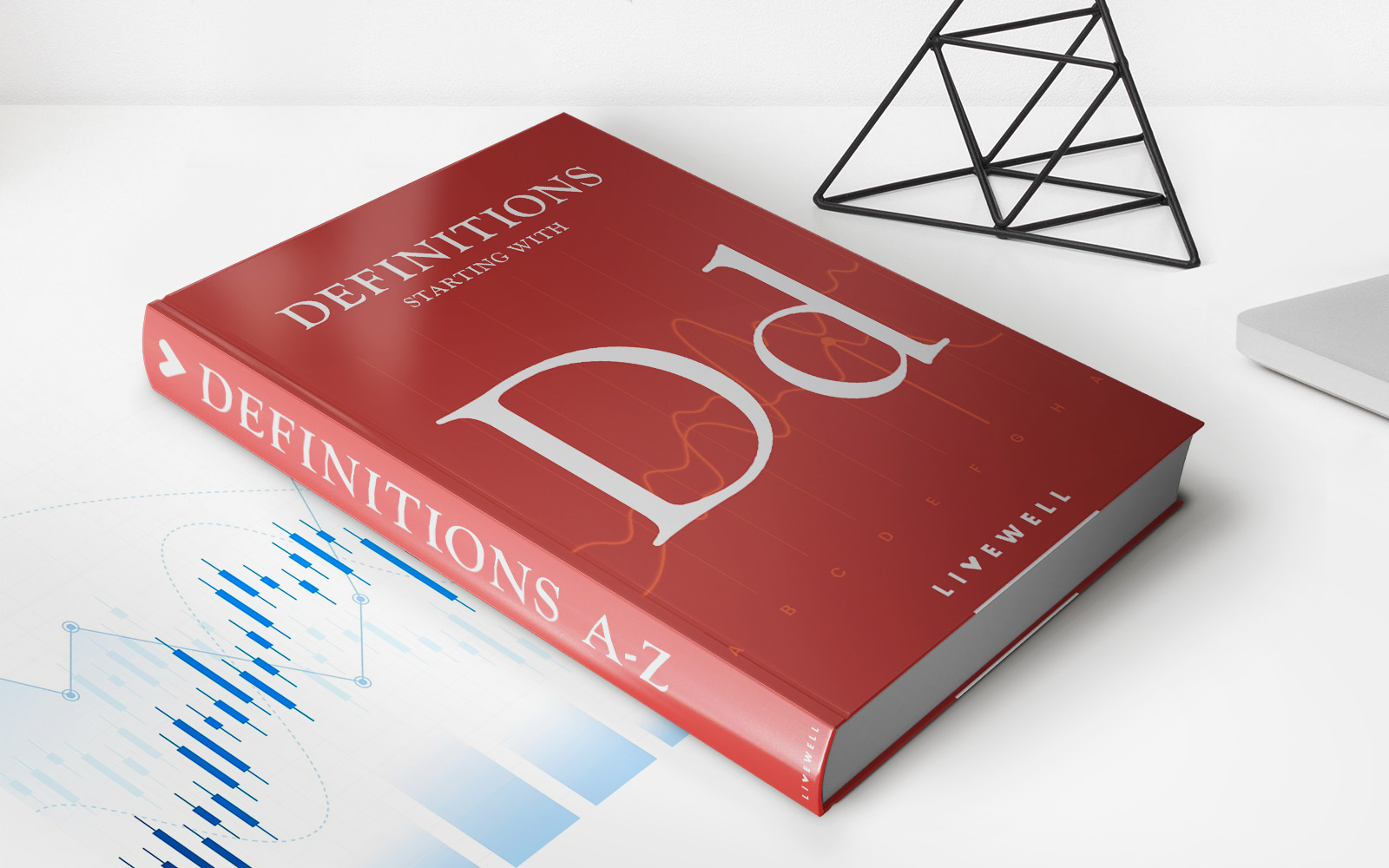Home>Finance>Pattern Day Trader (PDT): Definition And How It Works
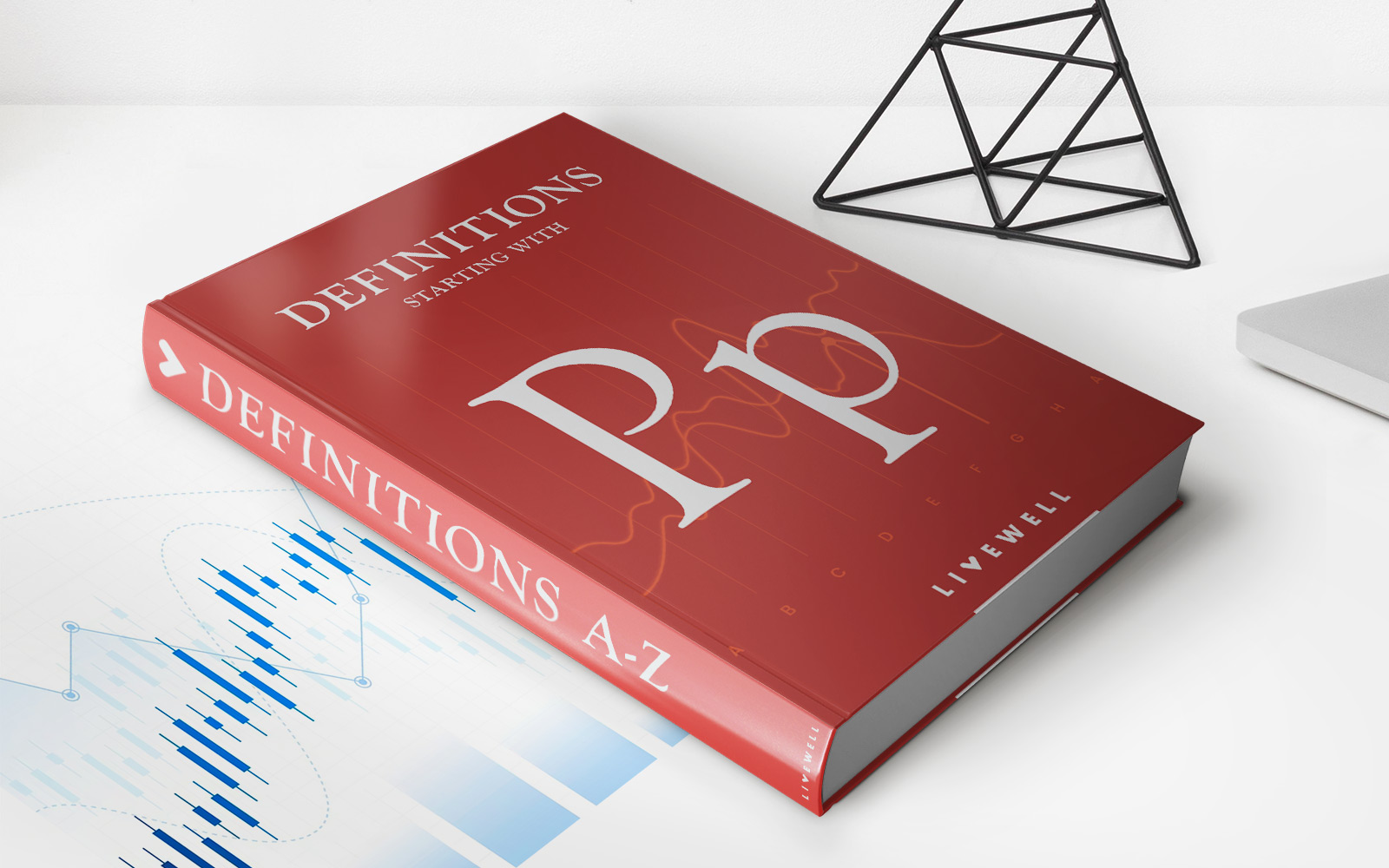

Finance
Pattern Day Trader (PDT): Definition And How It Works
Published: January 6, 2024
Learn about the Pattern Day Trader (PDT) in finance, its definition, and how it works. Understand the rules and requirements for this trading strategy.
(Many of the links in this article redirect to a specific reviewed product. Your purchase of these products through affiliate links helps to generate commission for LiveWell, at no extra cost. Learn more)
Pattern Day Trader (PDT): Definition and How It Works
Are you interested in trading stocks and looking to understand more about the rules and regulations surrounding it? If so, you’ve come to the right place. In this blog post, we’ll dive into the definition and workings of Pattern Day Trader (PDT) to help you navigate the world of finance with confidence.
Key Takeaways:
- Pattern Day Trader (PDT) is an individual or entity that executes four or more day trades within a five business day period using a margin account.
- To be classified as a Pattern Day Trader, you must maintain a minimum balance of $25,000 in your margin account.
What is a Pattern Day Trader?
A Pattern Day Trader (PDT) is an individual or entity that executes four or more day trades within a five business day period using a margin account. Day trading involves the buying and selling of financial instruments, such as stocks, within the same trading day. It allows traders to take advantage of short-term price fluctuations and potentially make profits.
However, the U.S. Securities and Exchange Commission (SEC) has regulations in place to protect traders and mitigate risks associated with day trading. One such regulation is the Pattern Day Trader rule, which was implemented to prevent individuals with limited funds from excessively trading and incurring substantial losses.
How Does Pattern Day Trader (PDT) Work?
- Minimum Balance Requirement: To be classified as a Pattern Day Trader, you must maintain a minimum balance of $25,000 in your margin account. This requirement is in place to ensure that you have sufficient funds to cover any potential losses and adhere to the rules established by the SEC.
- Day Trade Definition: A day trade is defined as the purchase and sale (or sale and purchase) of the same security on the same day in a margin account. If you execute four or more day trades within a five-day period, you will be classified as a Pattern Day Trader.
- Unlimited Day Trading: Once classified as a Pattern Day Trader, you have the benefit of unlimited day trading. This means that you can execute as many day trades as you like within the established guidelines without restriction.
- Restrictions for Accounts under $25,000: If your account balance falls below the $25,000 threshold, you will be considered a “restricted” Pattern Day Trader. As a result, you will be limited to trading only with settled funds for 90 days or until your account balance exceeds $25,000.
It’s crucial to note that the Pattern Day Trader rule only applies to margin accounts. If you do not meet the definition of a Pattern Day Trader, you can still engage in day trading activities using a cash account, but you will be subject to other restrictions.
Conclusion
Understanding Pattern Day Trader (PDT) is essential if you’re interested in actively trading stocks. By maintaining the minimum balance requirement and adhering to the rules surrounding day trading, you can take advantage of the opportunities available in the market while managing your risks effectively.
Key takeaways from this blog post include:
- A Pattern Day Trader is an individual or entity that executes four or more day trades within a five business day period using a margin account.
- To be classified as a Pattern Day Trader, you must maintain a minimum balance of $25,000 in your margin account.
If you’re planning to venture into day trading, make sure to familiarize yourself with the specific regulations and requirements set by the SEC and consult with a financial advisor to understand the potential risks and rewards involved. Happy trading!
